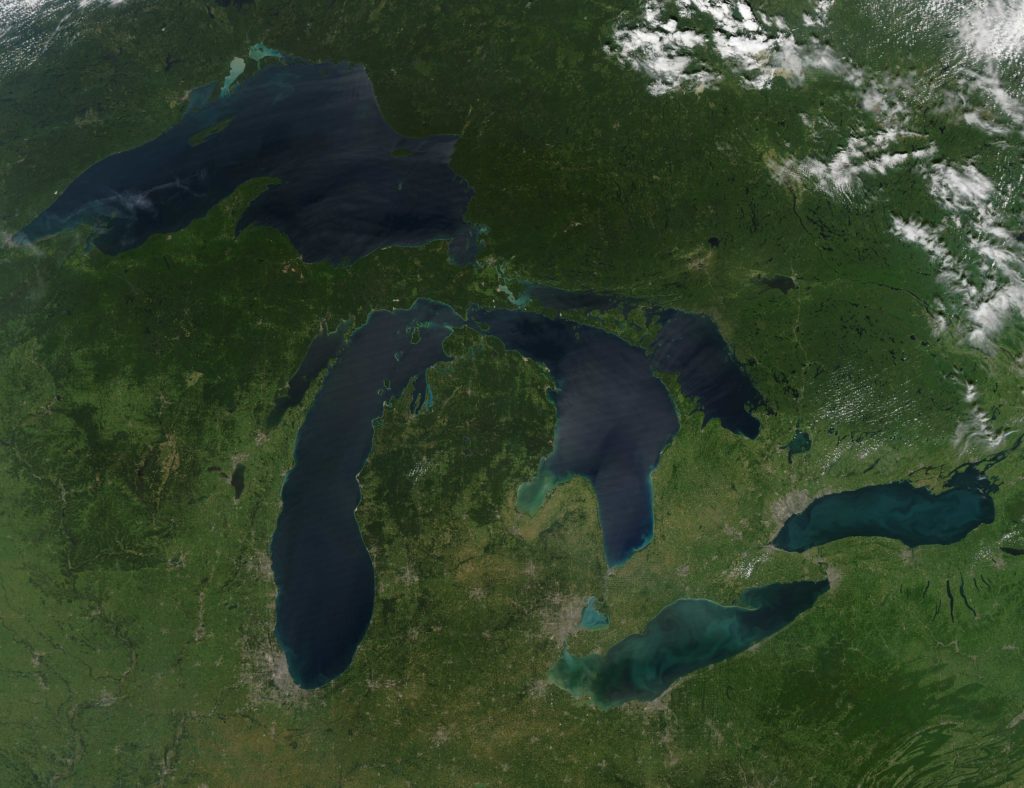
Nuclear Waste and the Great Lakes
It may be a surprise to learn that spent nuclear fuel rods can be found near the shores of the Great Lakes. Without the existence of a waste depository – a place to safely store spent rods – nuclear waste is stacking up in vulnerable locations.
What do we do with the waste? The only solution that has been considered is a central location for the waste to be buried, yet finding that location has been near impossible due to local and state or provincial opposition.
With widespread nuclear waste – the province of Ontario alone has 52,000 tons of nuclear waste – transporting all the existing waste to a central repository creates potential hazards from accidents and could take up to 50 years. If a central repository can’t be built and storing rods on the shores is not safe, it is imperative that the industry develop alternative and safe options.
On top of the transportation and location issues, the proposed locations for repository sites are not safe either. In Ontario both proposed sites are lakeshore communities.
Nuclear energy will never be a sustainable option if waste solutions don’t exist. Perhaps the glimmer of hope in this news is that there has never been a better time to invest and increase our commitment and use of renewable energy sources.
The Detroit Free Press released an extensive article, outlining this issue that goes into more detail. Read it here.